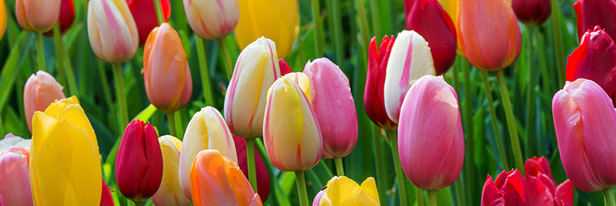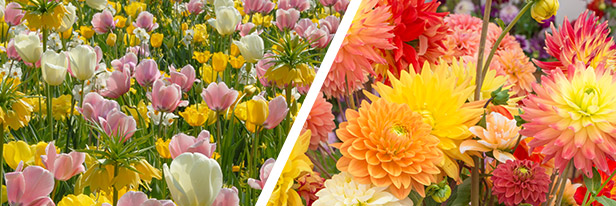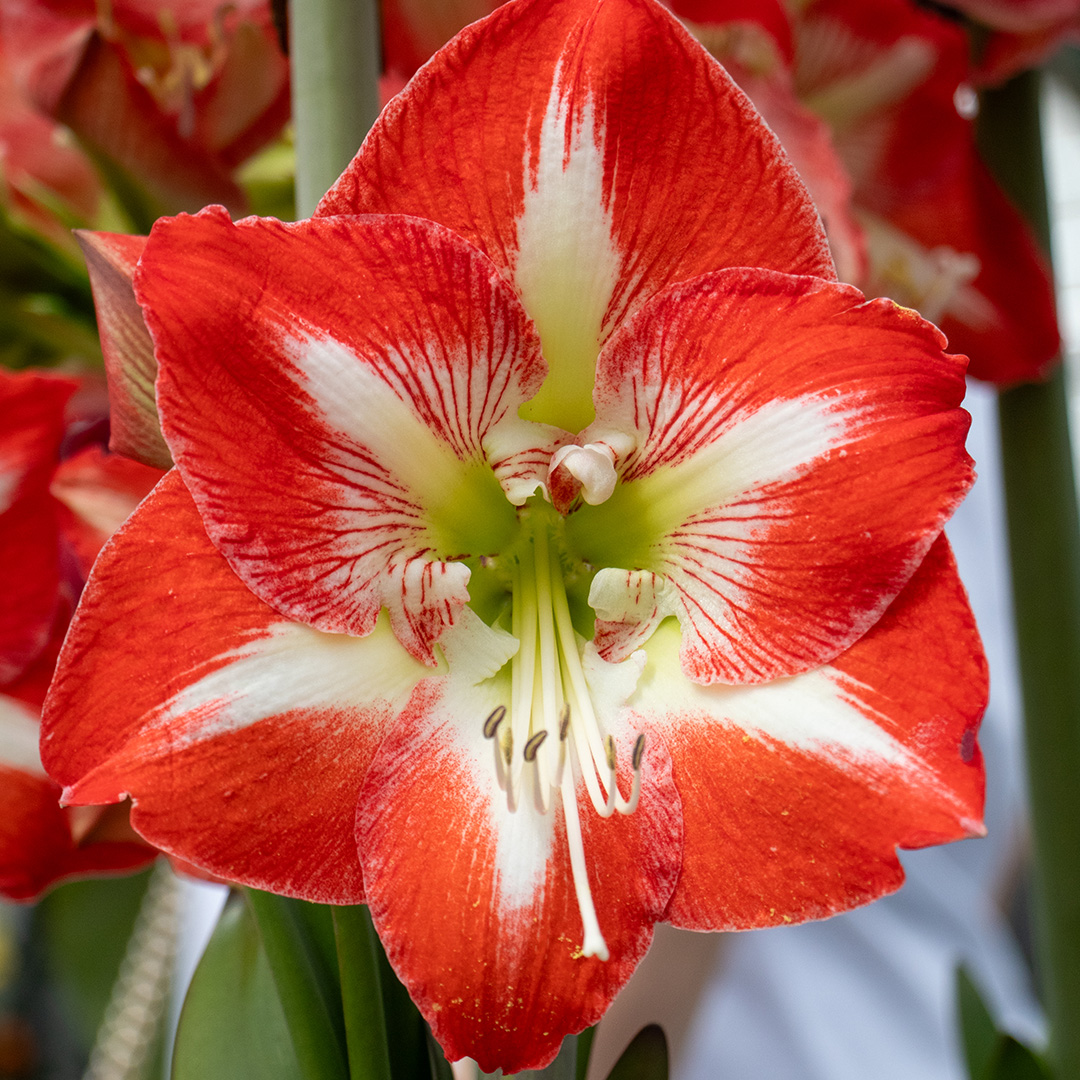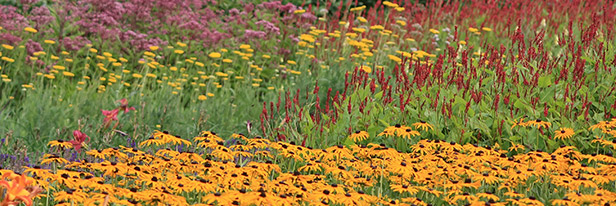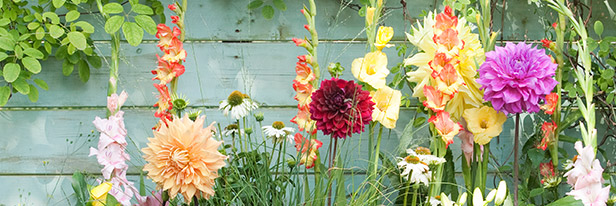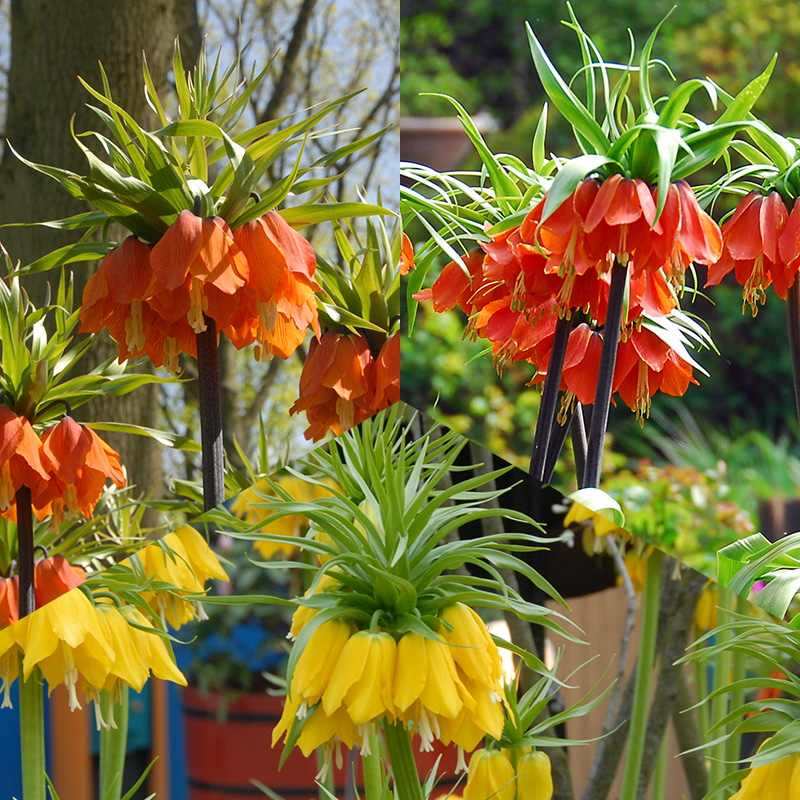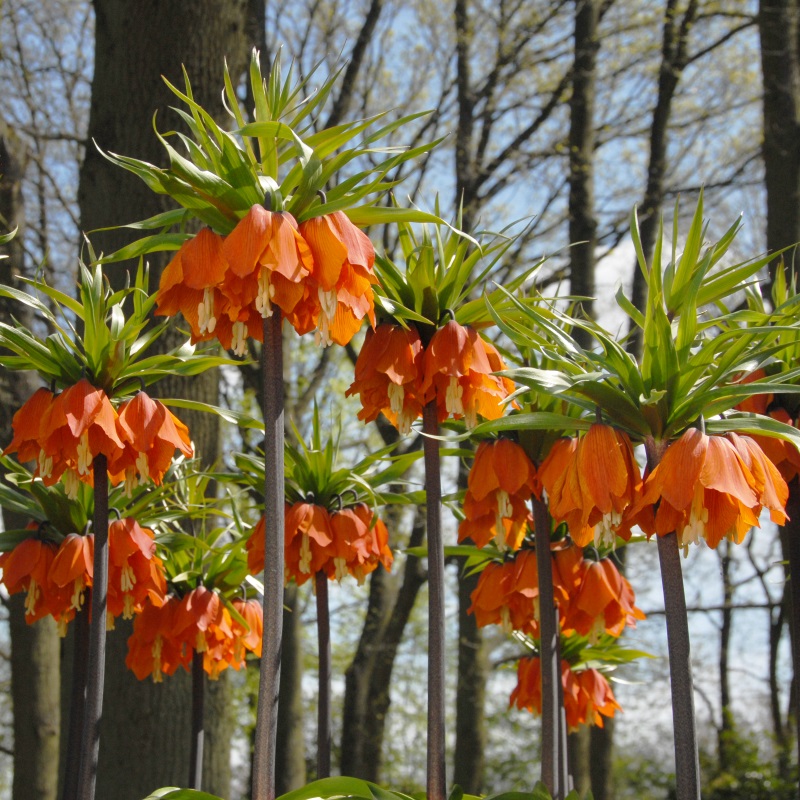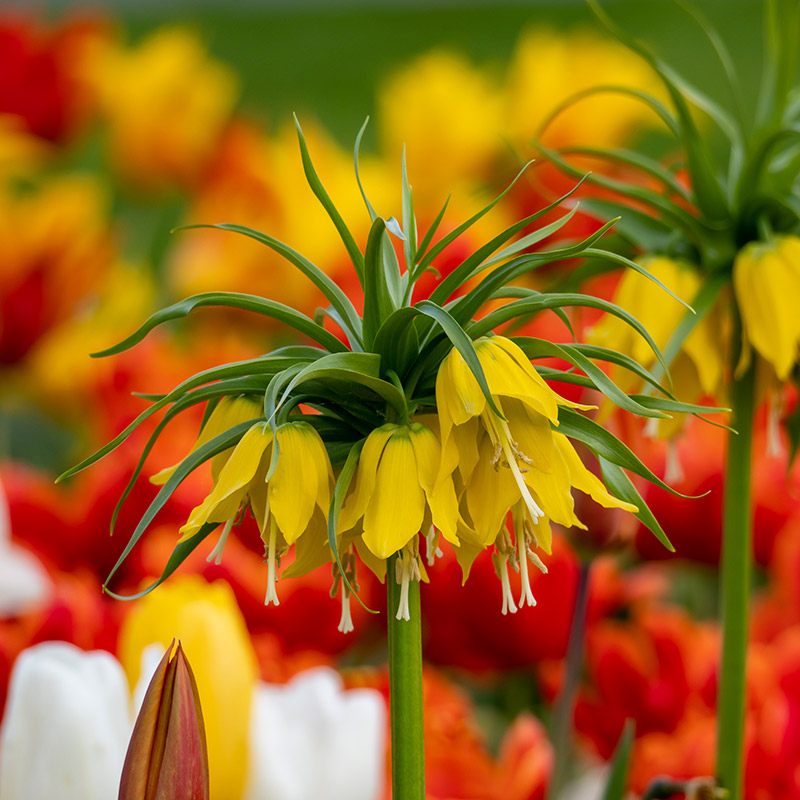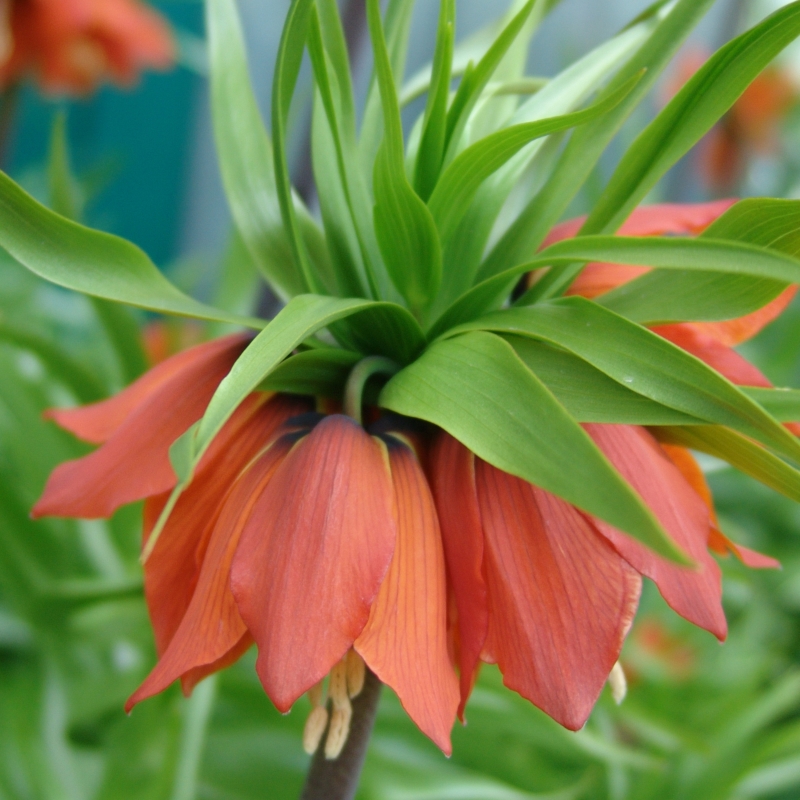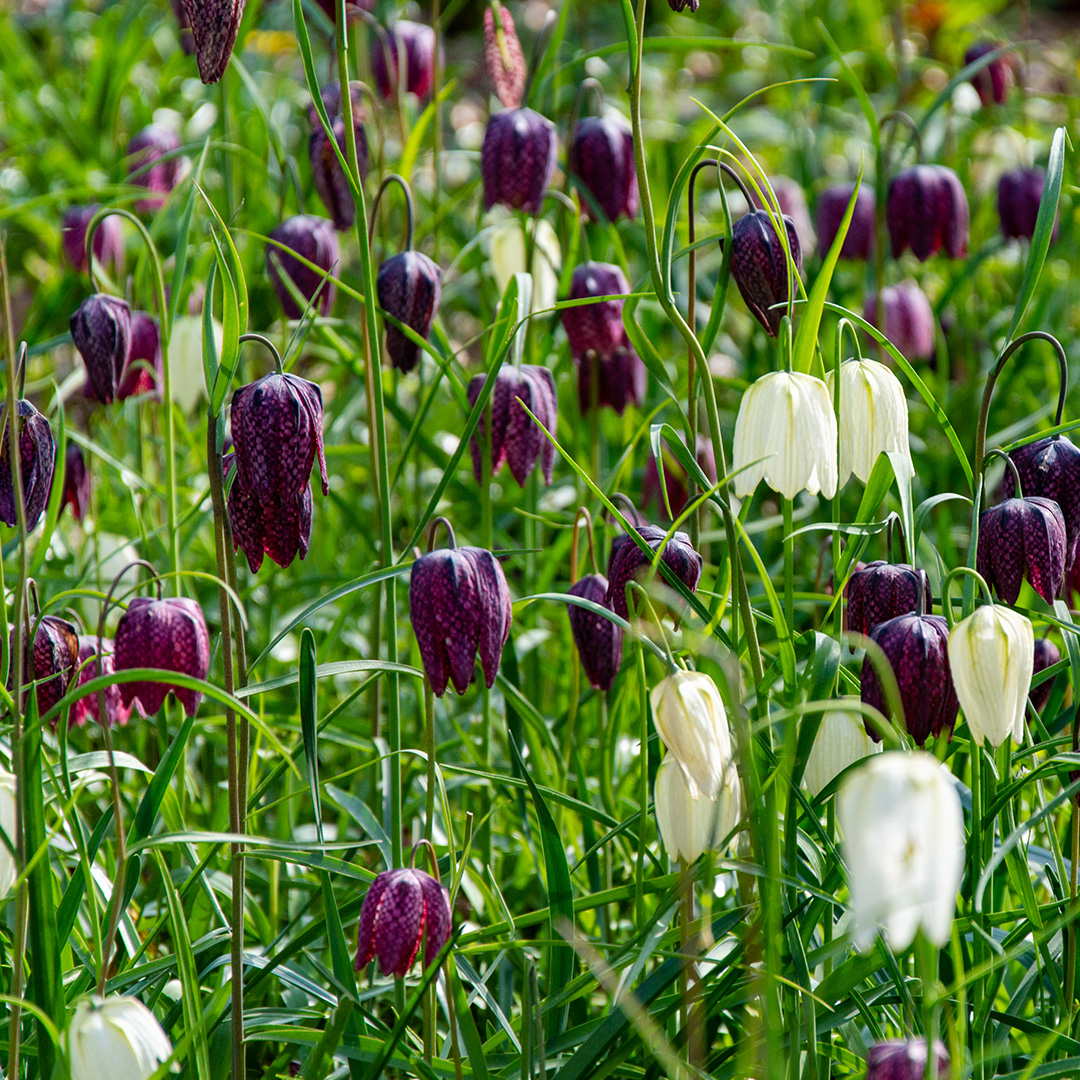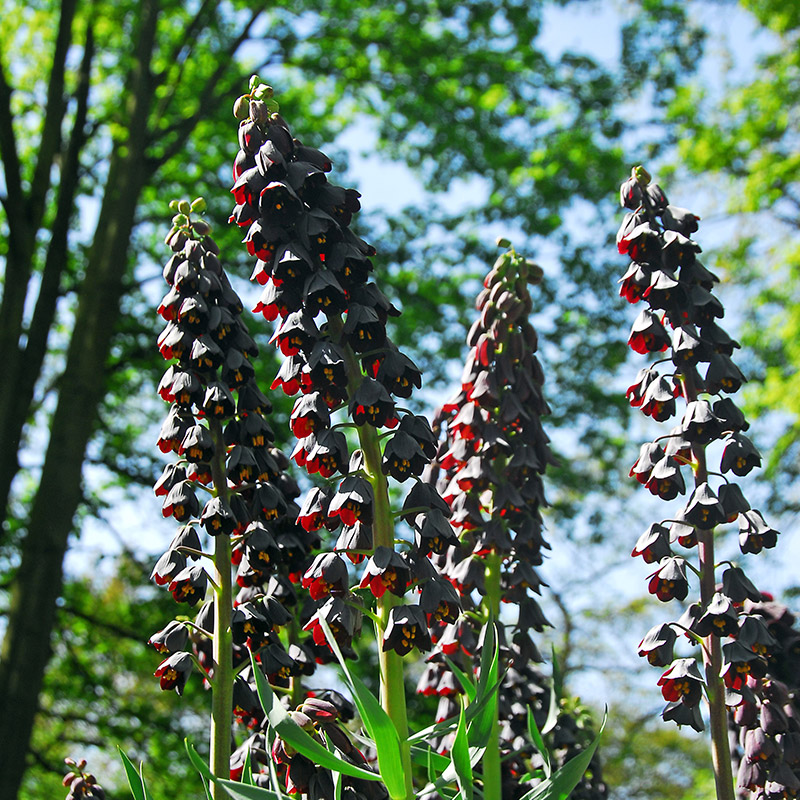
Fritillaria: Gentle home remedy to drive away voles and moles
Do you suspect that you have voles in your garden? The uninvited guests are not always directly recognisable, because voles quietly attack our plants in the garden, mostly underground, and eat roots and with preference also flower bulbs. Visually, you can recognise them by the mounds they form. These are easily confused with those of moles. The mounds are just slightly flatter and longer than those of moles. Unlike moles, which are carnivores, voles are pure herbivores and eat roots, bulbs, tubers, seeds and even the bark of small trees or shrubs.
But what to do about the mice in the garden that help themselves to our plants? It doesn't always have to be a chemical remedy! We present a gentle home remedy that you can use to drive away voles:
The plant against voles: Fritillaria
Voles are extremely sensitive to odours and therefore do not like strong scents. You can take advantage of this by planting bulbs that naturally have a strong smell. Fritillaria is particularly suitable. The smell of these plants is indistinguishable to animals from the scent sprayed by a fox and is therefore avoided by voles out of an abundance of caution. It is therefore particularly recommended to plant several Fritillaria in the bed so that the scent can spread well throughout the garden. With its strong smell, the plant warns animals of its poisonous tuber. If you have children or pets in the house, you should keep this in mind. The strongest concentration is under the soil in the root.
The best location for Fritillaria
The best location for the Fritillaria is a moderately sunny to semi-shady spot in your garden. Fritillaria likes it not too sunny and prefers a well-watered, moist soil. If the Fritillaria experiences the perfect conditions, it is even suitable for wilding! Give the site search some time to enjoy your Fritillaria for more than just one spring.
Fritillaria - bad for moles good for insects
The imperial corolla is avoided by unloved guests in the garden, but it is a joy for all bees or butterflies. This is because the Fritillaria forms particularly large nectar drops in its crown, which bees and butterflies love! It is even said that small songbirds such as blue tits or great tits help themselves to its nectar.
Combining Fritillaria in the garden
Because of its size and thick stems, the Fritillaria quickly stands out in your garden. It is therefore best to combine this plant with somewhat smaller, delicate flowers. Tulips or daffodils are perfect here! Fritillaires come in three colours: Yellow (Lutea), red (Rubra) and orange (Aurora). Their colouring makes them a great combination with other yellow, orange, red or even purple early bloomers.

